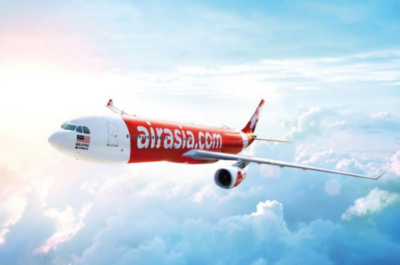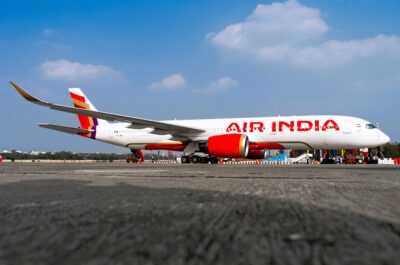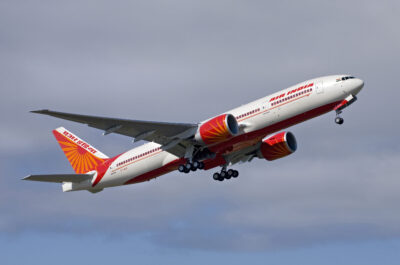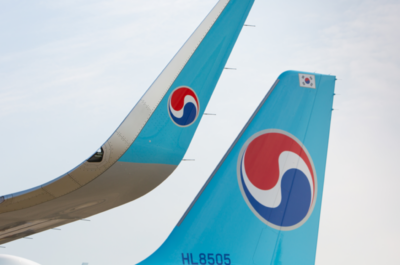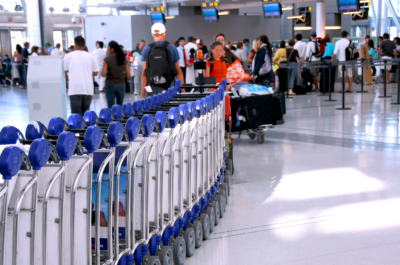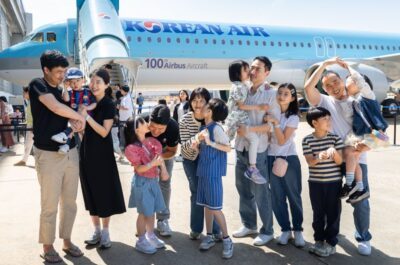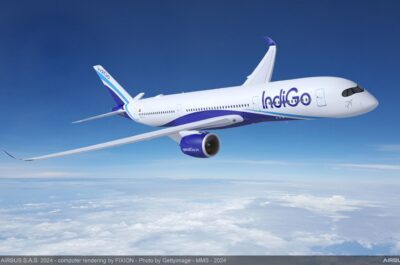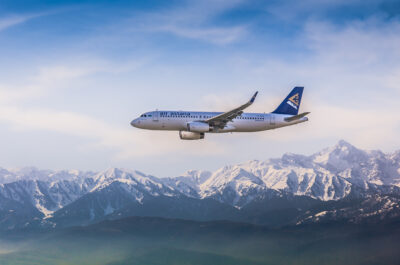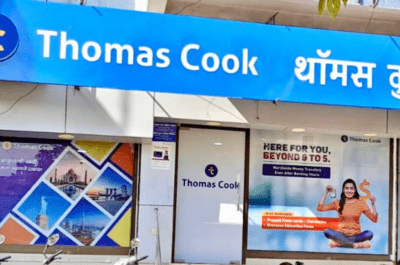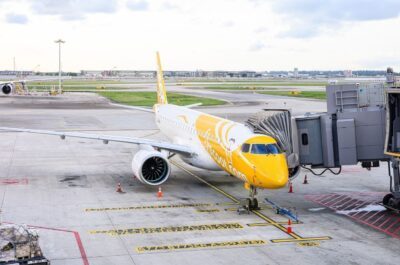Association of European Airlines’ (AEA) traffic results for the month of Jun-08 offer a basic picture, while not as bad as many indications might suggest, of a market slowing or going backwards…
Association of European Airlines’ (AEA) traffic results for the month of Jun-08 offer a basic picture, while not as bad as many indications might suggest, of a market slowing or going backwards.
Generally speaking, for intra-Europe routes, the AEA carriers are reaping the results of capacity cutbacks or reduced expansion rates, as traffic growth grinds to a halt. However, taking the past six months’ figures, it is immediately apparent that the same is not true of European LCCs. Ryanair, easyJet and Air Berlin have all expanded capacity by more than 15%, moving rapidly up the market share scale.
AEA traffic growth slows in June, although not as badly as expected;
LCCs have grown much faster in the first six months of 2008, encroaching on network airline market shares;
Capacity reductions tend to be irreversible, as other airlines take up the slack, according to US GAO;
This implies the possibility of a more relaxed approach to mergers.
The AEA results are accompanied by the note that preliminary results for the following month, July, “indicate a growth figure perhaps a percentage point better than in June”. Traffic numbers on the North Atlantic and the Far East are also showing a “slight recovery” in July.
Who’s big and who’s getting bigger? As the end of the peak season approaches and crunch time comes, Europe’s major LCCs have entrenched themselves much better across the region.
This LCC incursion phenomenon was also referred to in last week’s US’ Government Accountability Office (GAO) report, the “Airline Industry”, suggesting that the role of LCCs is becoming more substantial as the network airlines are forced, through their higher cost base, to reduce capacity.
The GAO also noted however that “the cost characteristics of the industry appear to make it difficult for firms to rapidly contract in the face of declining demand,” which can “lead to considerable excess capacity in the face of declining demand.”
More ominously in this vein, the GAO’s historical review of the US domestic market showed that “although one airline may reduce capacity and leave the market, capacity returns relatively quickly. Likewise, while past mergers and acquisitions have, at least in part, sought to reduce capacity, any resulting declines in industry capacity have been short-lived, as existing airlines have expanded or new airlines have expanded.” In other words, reductions in capacity by the network airlines have tended to become irreversible for them, as any vacuum is quickly filled.
In this presentation, the three majors are each shown as conglomerates, including the would-be merger of British Airways-Iberia. Lufthansa-SWISS is the largest fast growing airline, with the oneworld group both smaller and – at a combined negative growth rate exceeding five percent – shrinking fast, soon to be overtaken by Ryanair in terms of passengers flown. Meanwhile, the apparent differences in strategy among the big three will soon be tested.
If US precedents apply, and recent events suggest they might, the major European airlines will continue to expand on longer haul routes, where premium traffic is not so challenged by lower cost competition, increasingly leaving the short haul market for the LCCs.
But those airlines seeking merger and cooperation authorisation can at least find some solace in the GAO’s findings: if capacity and competition reduction does occur as a result of their mergers, those setbacks tend to be quickly redressed by the market – implying the possibility of a more relaxed approach to approvals.
Theodore is the Co-Founder and Managing Editor of TravelDailyNews Media Network; his responsibilities include business development and planning for TravelDailyNews long-term opportunities.


















